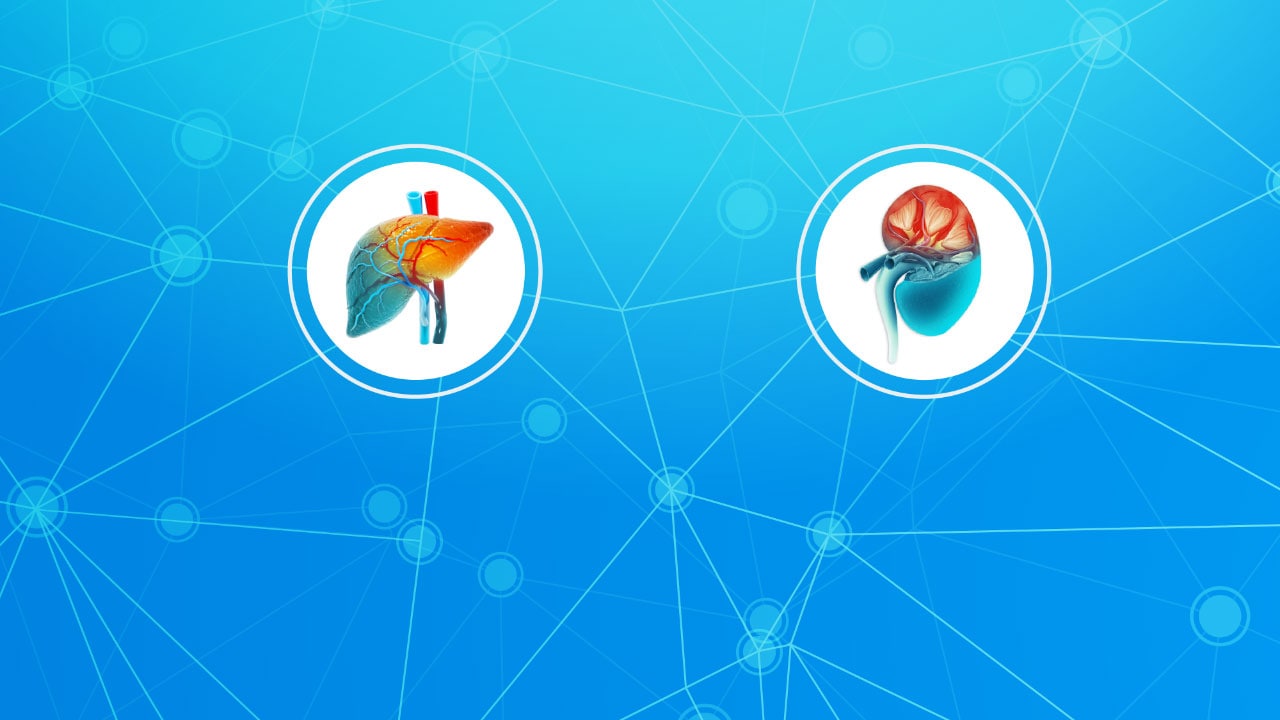Background
Hypovolemic shock refers to a medical or surgical condition in which rapid fluid loss results in multiple organ failure due to inadequate circulating volume and subsequent inadequate perfusion.
Endothelium plays a critical role in vascular physiological, pathophysiological, and reparative processes. The functions of the endothelium are highly altered following hypovolemic shock due to ischemia of the endothelial cells and by reperfusion due to resuscitation with fluids. Due to oxygen deprivation, endothelial cell apoptosis is induced following hypovolemic shock. [1]
Most often, hypovolemic shock is secondary to rapid blood loss (hemorrhagic shock).
Acute external blood loss secondary to penetrating trauma and severe GI bleeding disorders are 2 common causes of hemorrhagic shock. Hemorrhagic shock can also result from significant acute internal blood loss into the thoracic and abdominal cavities.
Two common causes of rapid internal blood loss are solid organ injury and rupture of an abdominal aortic aneurysm. Hypovolemic shock can result from significant fluid (other than blood) loss. Two examples of hypovolemic shock secondary to fluid loss include refractory gastroenteritis and extensive burns. The remainder of this article concentrates mainly on hypovolemic shock secondary to blood loss and the controversies surrounding the treatment of this condition. The reader is referred to other articles for discussions of the pathophysiology and treatment for hypovolemic shock resulting from losses of fluid other than blood.
The many life-threatening injuries experienced during the wars of the 1900s have significantly affected the development of the principles of hemorrhagic shock resuscitation. During World War I, W.B. Cannon recommended delaying fluid resuscitation until the cause of the hemorrhagic shock was repaired surgically. Crystalloids and blood were used extensively during World War II for the treatment of patients in unstable conditions. Experience from the Korean and Vietnam wars revealed that volume resuscitation and early surgical intervention were paramount for surviving traumatic injuries resulting in hemorrhagic shock. These and other principles helped in the development of present guidelines for the treatment of traumatic hemorrhagic shock. However, recent investigators have questioned these guidelines, and today, controversies exist concerning the optimal treatment of hemorrhagic shock.
The prognosis is dependent on the degree of volume loss.
For patient education resources, see First Aid and Injuries Center, as well as Shock.
Pathophysiology
The human body responds to acute hemorrhage by activating the following major physiologic systems: the hematologic, cardiovascular, renal, and neuroendocrine systems.
The hematologic system responds to an acute severe blood loss by activating the coagulation cascade and contracting the bleeding vessels (by means of local thromboxane A2 release). In addition, platelets are activated (also by means of local thromboxane A2 release) and form an immature clot on the bleeding source. The damaged vessel exposes collagen, which subsequently causes fibrin deposition and stabilization of the clot. Approximately 24 hours are needed for complete clot fibrination and mature formation.
The cardiovascular system initially responds to hypovolemic shock by increasing the heart rate, increasing myocardial contractility, and constricting peripheral blood vessels. This response occurs secondary to an increased release of norepinephrine and decreased baseline vagal tone (regulated by the baroreceptors in the carotid arch, aortic arch, left atrium, and pulmonary vessels). The cardiovascular system also responds by redistributing blood to the brain, heart, and kidneys and away from skin, muscle, and GI tract.
The renal system responds to hemorrhagic shock by stimulating an increase in renin secretion from the juxtaglomerular apparatus. Renin converts angiotensinogen to angiotensin I, which subsequently is converted to angiotensin II by the lungs and liver. Angiotensin II has 2 main effects, both of which help to reverse hemorrhagic shock, vasoconstriction of arteriolar smooth muscle, and stimulation of aldosterone secretion by the adrenal cortex. Aldosterone is responsible for active sodium reabsorption and subsequent water conservation.
The neuroendocrine system responds to hemorrhagic shock by causing an increase in circulating antidiuretic hormone (ADH). ADH is released from the posterior pituitary gland in response to a decrease in BP (as detected by baroreceptors) and a decrease in the sodium concentration (as detected by osmoreceptors). ADH indirectly leads to an increased reabsorption of water and salt (NaCl) by the distal tubule, the collecting ducts, and the loop of Henle.
The pathophysiology of hypovolemic shock is much more involved than what was just listed. To explore the pathophysiology in more detail, references for further reading are provided in the bibliography. These intricate mechanisms list above are effective in maintaining vital organ perfusion in severe blood loss. Without fluid and blood resuscitation and/or correction of the underlying pathology causing the hemorrhage, cardiac perfusion eventually diminishes, and multiple organ failure soon follows.






